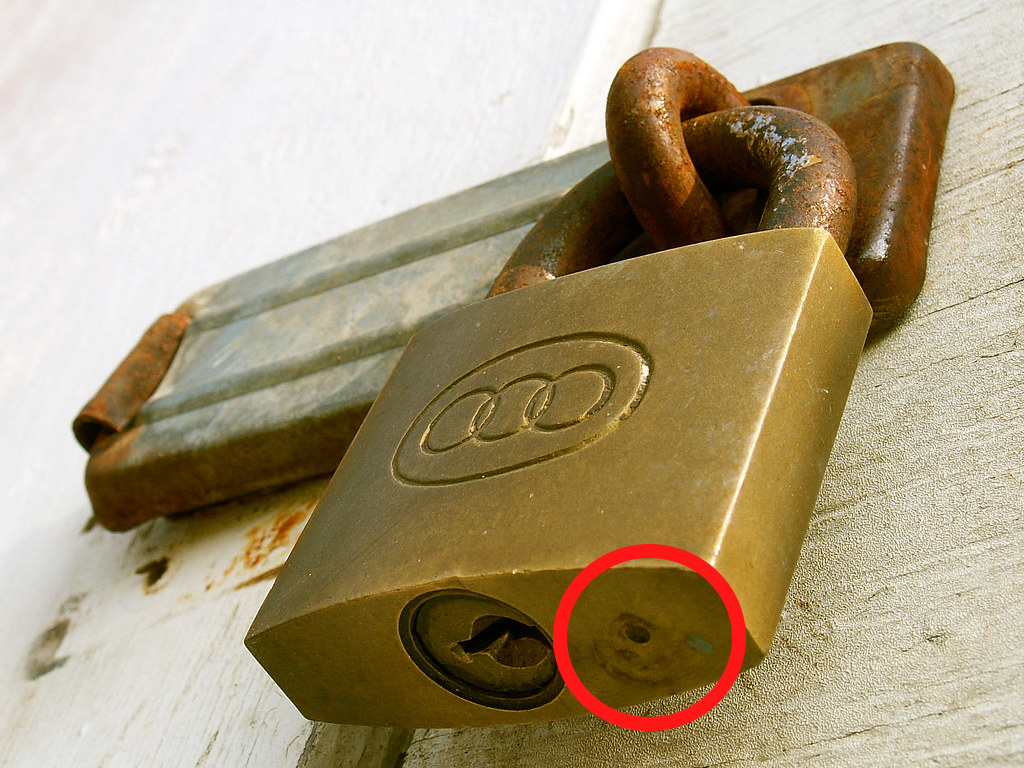The tiny hole has a hidden purpose
I think most people have a lock at home – and they’re actually fascinating! Both kids and young adults can find locks intriguing and useful in different situations. Locks aren’t just about keeping things secure; they have a unique design that serves a specific purpose, and they’ve evolved over time to become more advanced and reliable.
It’s interesting to think about how something as simple as a lock can play such an important role in our daily lives, from protecting personal items to ensuring safety in public spaces. There’s also a bit of mystery around how they work, making locks something that sparks curiosity in many people.
So, have you ever noticed a tiny hole next to the keyhole on your lock? It’s easy to overlook, but once you know what it’s for, you’ll never see locks the same way again…

Why is there a small hole in padlocks?
As mentioned, locks are designed to keep our belongings safe, whether on gates, cabinets, or lockers. But when used outdoors — on fences, sheds, or even at the public bath — they’re constantly exposed to rain, humidity, and changing weather conditions.
Over time, this can lead to rust, making the lock stiff and difficult to open.
So, what’s the secret behind those small holes? They’re actually built-in drainage systems! These holes allow water to escape, preventing it from getting trapped inside and causing corrosion. When a padlock is used outdoors, water can eventually seep inside through the holes at the top where the shackle connects.
The small hole at the bottom, known as a weep hole, allows the water to drain out. This helps prevent rust and corrosion that would occur if the lock body simply filled with water. Without them, locks would rust much faster, leaving you struggling to turn the key — or worse, completely locked out.





